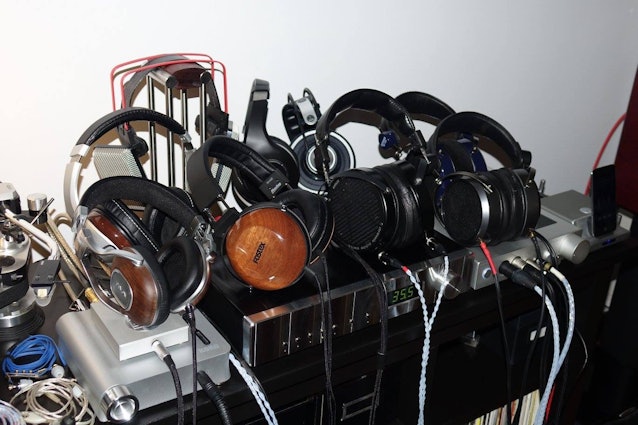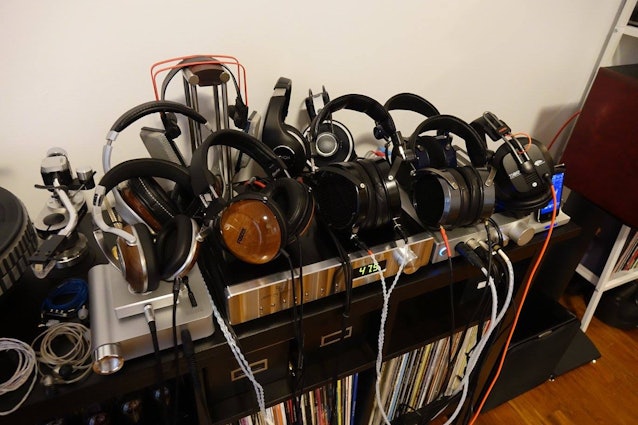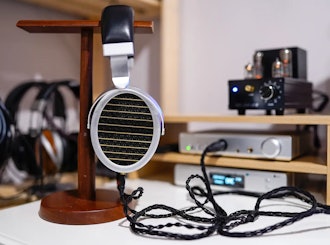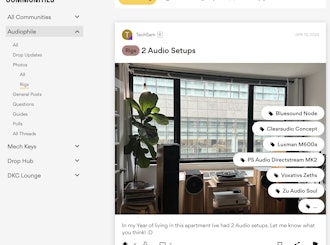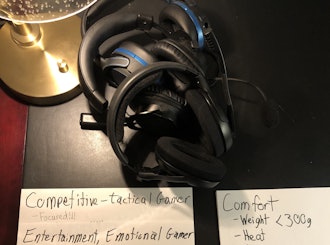Click to view our Accessibility Statement or contact us with accessibility-related questions



.jpg?auto=format&fm=jpg&fit=crop&w=30&h=30&dpr=1&q=70)
























Drop 101: What Is An Amp?
Among life’s great questions—Why do we exist? What is the key to happiness? Where is the remote?—stands one that continues to vex music lovers and newcomers to the audiophile community: What is an amp?
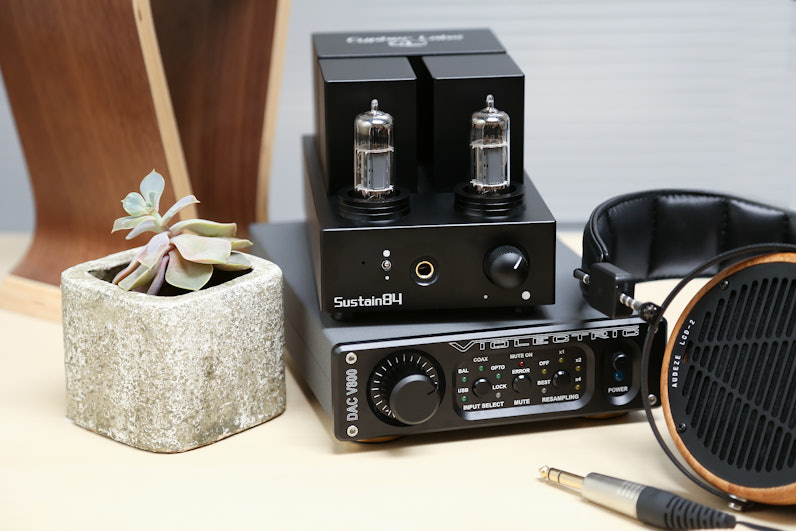
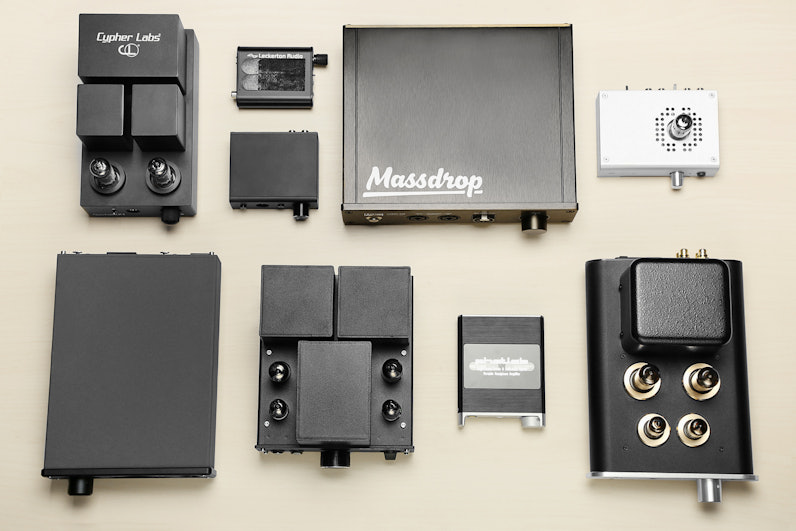
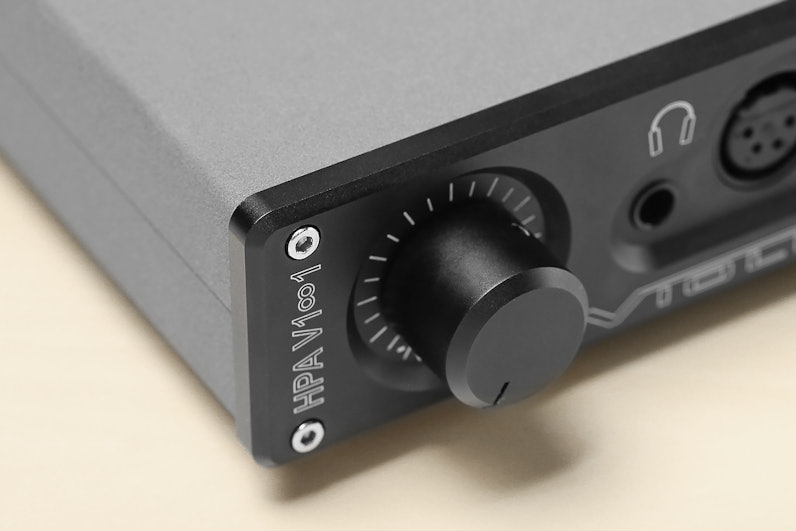
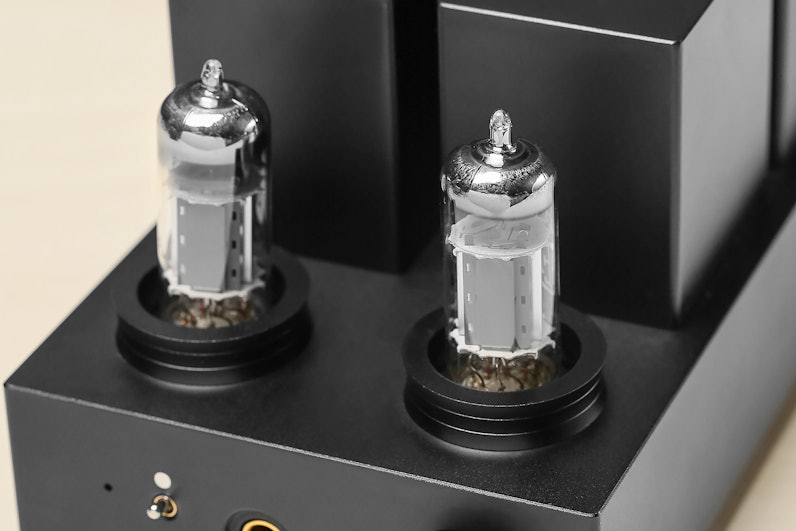
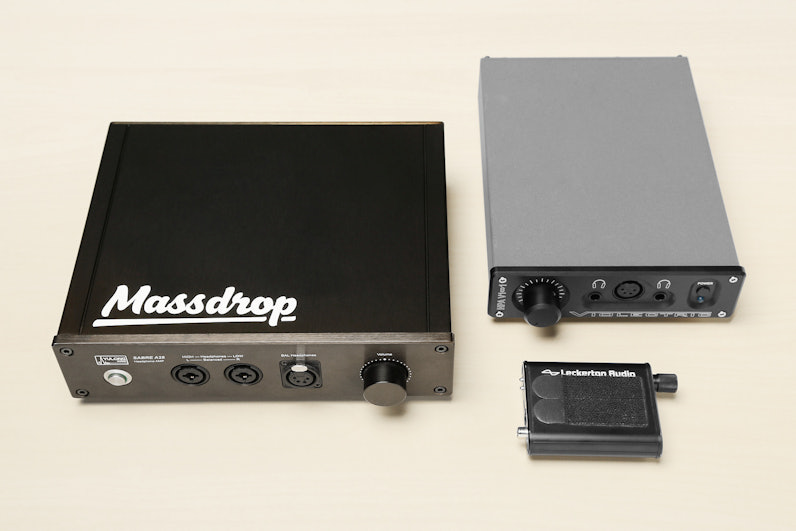
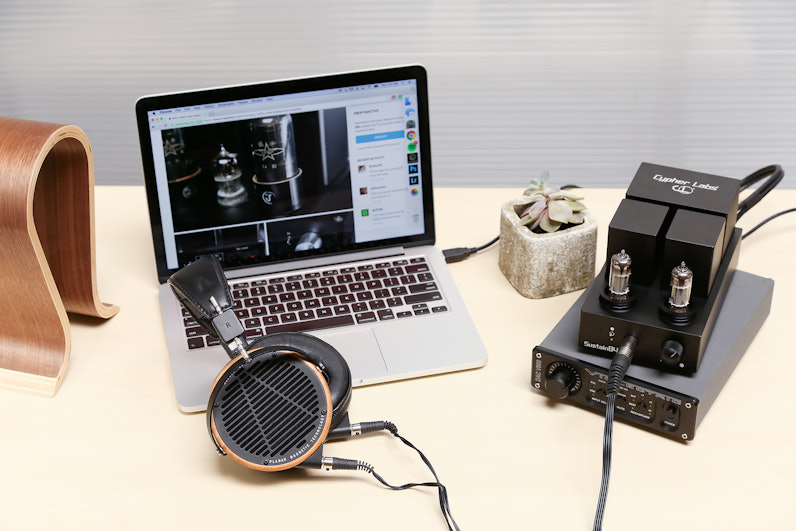






(Edited by moderator han)

search
close
Sort by: Newest
keyboard_arrow_down
Evshrug
4145
Keyboard Club Member
Mar 28, 2023
markinbhamIt's more "Linear Power Supply" vs "Switching Power Supply." Switching power supplies are like those common wall-warts, while linear power supplies are less power efficient (they always consume the same amount of power regardless of how much is used to amplify) but are always immediately "ready" to respond, generally bass has better impact and the amp is always performing optimally.
MikeSattler
74
Jun 12, 2018
"They’re also touchier and more sensitive, because they produce an analog signal, and the resulting sound—generally warm, sweet, and natural—is a favorite of music purists."
This sentence doesn't really make sense, every amplifier produces an analog signal whether it's tube/solid state. Why would that make a tube amp touchier and more sensitive?
In my experience, tube amps are touchier and more sensitive because of RF interference with the tubes as well as the fact that most tubes need at least 100 hrs of burn-in to sound their best. Not to mention it takes 10-30 min for tubes to stabilize once you flip the power switch.
This sentence doesn't really make sense, every amplifier produces an analog signal whether it's tube/solid state. Why would that make a tube amp touchier and more sensitive?
In my experience, tube amps are touchier and more sensitive because of RF interference with the tubes as well as the fact that most tubes need at least 100 hrs of burn-in to sound their best. Not to mention it takes 10-30 min for tubes to stabilize once you flip the power switch.

Evshrug
4145
Keyboard Club Member
Mar 28, 2023
MikeSattlerIn my experience (tho you can also look up the Schiit Ragnarok as an example), solid state amps also have a warm up period to perform optimally.
I can't speak to why the OP said tubes produce an analog signal... I agree amps operate in the analog domain. I suppose you could argue tubes present a "more analog" sound when a DAC is clipping a signal or under sampling: instead of producing a sharp square wave, the transients for clipping are a little more rounded off and less harsh sounding. OF course, this depends on the tube, and some will clip in just the same way as solid state amps XD.
.jpg?auto=format&fm=jpg&fit=crop&w=30&h=30&dpr=1&q=70)
coolerking
164
Jun 5, 2018
There are two issue folks.
1/ Audio enjoyment is a subjective endeavor. Period. In this world we strive to obtain objective information, desperately. The only real objective information is empirical, meaning, what are other peoples experience with a given product.
2. Secondly, there is a lot of what I call digititus out there. We have, through huge marketing efforts in all consumer endeavors, been lead to believe if something is named digital, it is one of two things, period - on or off, high or low, works or does not work. This leads people to black and white thinking, and/or zero sum gain thinking. It amazes me. No signals or products are purely digital, period. I see people constantly labeling products and technologies as thus, where as in their respective field they would never do this. Can you imagine someone in criminology after 20+ years experience saying that all criminals are either evil or not, period, there is no in between. Or a teacher saying kids are either dumb or smart, period. Hardware is analog. It is exists in the physical world, and thus, it has many aspects to it. Just because it is difficult to articulate this does not make it true.
So my advice is to try to see what people have to say about the sound of the product, in unfortunately qualitative language. With a degree in Electronic Engineering and going on 30+ years in many different facets of the hardware industry, the more I know, the more I realize I do not know. It is damn near impossible to explain to someone with no experience why a better "digital" cable makes a difference. Just as it is someone in banking to explain what money really is.
Read reviews and comments. Stay away from advice from folks who say things like "you cannot tell the difference between a MP3 signal with X resolution from one with Y." Come on, how the hell do they know? What they can offer is that they cannot hear the difference. If you like music then take the jump, and see for yourself.
Good Luck and Enjoy - the more people joining this hobby, the more we all benefit.
So my advice is to try to see what people have to say about the sound of the product, in unfortunately qualitative language. With a degree in Electronic Engineering and going on 30+ years in many different facets of the hardware industry, the more I know, the more I realize I do not know. It is damn near impossible to explain to someone with no experience why a better "digital" cable makes a difference. Just as it is someone in banking to explain what money really is.
Read reviews and comments. Stay away from advice from folks who say things like "you cannot tell the difference between a MP3 signal with X resolution from one with Y." Come on, how the hell do they know? What they can offer is that they cannot hear the difference. If you like music then take the jump, and see for yourself.
Good Luck and Enjoy - the more people joining this hobby, the more we all benefit.

tinamou62
83
Nov 25, 2018
coolerkingI love this comment. I think too often we forget the point of the hobby - it's not to get the absolute purest, least distorted, perfect signal. It's just to enjoy the music. And that is so subjective.

Evshrug
4145
Keyboard Club Member
Mar 28, 2023
coolerkingThe priests of bit perfect declare this post as HERESY!
haha, but honestly I agree with you, we learn a bit and fill in the rest with assumptions, and then it's all too easy to believe we know it all. Absolutely USB cables carry analog pulses of electricity that are interpreted as digital signals, hopefully as close to a perfect square wave as possible, but theory and practicality are different and subject to imperfections and interference.
IvanDaTerrible
0
Apr 26, 2021
living fossilSince it says massdrop and that is the old name, now Drop that would imply older unit.

Evshrug
4145
Keyboard Club Member
Mar 28, 2023
living fossilThe path of production is littered with the graveyard of "what might have been."

wohengvanow
64
Jul 4, 2016
The market demands - today people are willing to drop BIG bucks based on other people's stories on what you should expect to hear and forming big expectations (buy first, audition, then buy again). The suppliers are just jumping onto the demand train to cash in. Hopefully this gets reinvested for some real innovation.
Stax, HD800, headamps, etc used to cost a 'fortune' back in 2006. Now they are "average priced" compared to the Other top of line. People seem very ready to drop 2 to 3 grand on a totl headphone, then another 2 grand on a portable DAC and amp.
There's a lot of variety out there and a lot of schnake oil.
To answer your question is nothing has changed other than the current flavor of the month. It's still just solid state, tubes, transistors, transformers, class a b ab d t, planars, dynamics, hybrids of the above. The wheel hasn't been reinvented yet. The playing field is just a lot bigger.
Here's some designs from the past that I'm waiting to see recycled as "breakthrough new technology". This is exciting times.
Tube + class d hybrid otl... wait it's already here
Akg340 - hybrid planar dynamic headphones
Black Diamond HA - transformer coupled solid state amp
Stax, HD800, headamps, etc used to cost a 'fortune' back in 2006. Now they are "average priced" compared to the Other top of line. People seem very ready to drop 2 to 3 grand on a totl headphone, then another 2 grand on a portable DAC and amp.
There's a lot of variety out there and a lot of schnake oil.
To answer your question is nothing has changed other than the current flavor of the month. It's still just solid state, tubes, transistors, transformers, class a b ab d t, planars, dynamics, hybrids of the above. The wheel hasn't been reinvented yet. The playing field is just a lot bigger.
Here's some designs from the past that I'm waiting to see recycled as "breakthrough new technology". This is exciting times.
Tube + class d hybrid otl... wait it's already here
Akg340 - hybrid planar dynamic headphones
Black Diamond HA - transformer coupled solid state amp

Evshrug
4145
Keyboard Club Member
Mar 28, 2023
wohengvanowClass T amps are a blind spot in my knowledge... can you share anything about them?
swest
22
Jul 3, 2016
Greetings,
This topic may have grown cold, but, just in case, I thought I'd see if I can get my curiousity satisfied from you guys/gals.
Can someone explain the, seemingly, never-ending proliferation of new instances of the, so-called, 'Headphone Amp' that we have been witness to over the last, I don't know, maybe 5 years?
Maybe it's just that I started noticing, but it seems like this is, as I suggest, a recent and noticeable phenomenon. Another thing about this is that it seems the vast majority of new examples are tube amps.
So, if someone with the benefit of having paid attention to these matters during recent history could corroborate and explain; or contradict and, well... that will be enough. Set me straight and I will go back to sleep ;-).
Thanks.
- s.west
This topic may have grown cold, but, just in case, I thought I'd see if I can get my curiousity satisfied from you guys/gals.
Can someone explain the, seemingly, never-ending proliferation of new instances of the, so-called, 'Headphone Amp' that we have been witness to over the last, I don't know, maybe 5 years?
Maybe it's just that I started noticing, but it seems like this is, as I suggest, a recent and noticeable phenomenon. Another thing about this is that it seems the vast majority of new examples are tube amps.
So, if someone with the benefit of having paid attention to these matters during recent history could corroborate and explain; or contradict and, well... that will be enough. Set me straight and I will go back to sleep ;-).
Thanks.
- s.west
Max_Cohen
12
Jun 17, 2016
I have just started getting into audiophile and I was wondering about if I need an amp or dac. I enjoy having full audio quality and I was wondering if I would get the best experience with one?

StopMotionAviator
21
Jun 5, 2018
Max_CohenIt really depends on your current headphones. Some very nice headphones and IEMs nowadays can be easily powered by a smartphone, and may not benefit from an amp. Here is a good articles about amps and headphones. It gets pretty technical in some parts but I've found it's a pretty good covering of what you should know! http://nwavguy.blogspot.com/2011/02/headphone-amp-impedance.html

XxMRGAMERZxX
13
May 28, 2016
Hello guys and gals I am looking for a good dac and amp combo for my new akg 7xxx. Any recommendations.? These are my first audiophile sets
IvanDaTerrible
0
Apr 26, 2021
XxMRGAMERZxXIf your looking for Bluetooth Which is nice bonus Es-100 mk2 has a grood dac and can be used balanced 2.5mm or Se 3.5mm under $100 it’s actually a really good amp dac combo despite the inexpensive price similarly priced and just as good Fiio BTR-5 another with good dacs under 200 USD these are best in class performance wise. Good luck have fun

oliwek
7
May 29, 2016
musikaladinlol, quite a contrast with the simplicity of the pictures above (a single planar + small tube amp + plant and headphone rest vs what audiophiles get after some time in their quest)
Showing 21 of 46
Related Posts

Evshrug
Audiophile 101: Essential Gear Overview
Image credit @zhugunic https://drop.com/talk/67372/gl-2-k Do I need an amp? What are these acronyms like DAC, DSP, or DSD? What even are all the components that make up an audio chain? Let’s take a beginner’s look at the core, essential building blocks of a digital audio chain, and lay it plain what each piece does. We can cover the major pieces separately, but I’ll still include a few tips to optimize playback here. Please hit the little bookmark button and feel free to check and share this guide whenever you need a reference! For people who need a visual and audible explanation, or are worried it would take too long to get a working knowledge of the audio chain, here is my YouTube video on this subject that is just 7 minutes long! I like writing though, so let’s get started with an overview, then break it down into what each piece does and how an upgrade would benefit the final sound quality. Signal Path Image credit @SpeleoFool https://drop...
Mar 22, 2023
eyestech83
5 Ways to Fix Jio Cinema Not Working – Expert Tips for Seamless Streaming
If you’ve been trying to watch your favorite movies and shows on Jio Cinema, but things aren’t working as expected, jio cinema not working you're not alone. Streaming issues are common across platforms, but the good news is that many problems with Jio Cinema can be resolved with a few simple fixes. In this expert guide, we’ll walk you through five effective solutions to help restore your Jio Cinema streaming experience. 1. Check Your Internet Connection A stable internet connection is essential for uninterrupted streaming on Jio Cinema. Slow speeds, intermittent connectivity, or poor network strength can cause buffering, freezing, or even prevent the app from loading. What to do: Test your connection speed: Open a browser and run a speed test to ensure you're getting the bandwidth required for HD streaming (usually at least 5 Mbps). Switch between Wi-Fi and mobile data: If your Wi-Fi connection is unstable, try switching to mobile data. Alternatively, switching to a stronger Wi-Fi...
Nov 22, 2024

HoffmanMyster
New Feature—Product Tagging in Photos (+ Giveaway! - Audio Rigs Edition)
Ahoy, audiophiles! Hot on the heels of the launch event for the mech keys community, we are kicking off the Audiophile Rigs product tagging launch event (with a bonus giveaway for those who participate!). Check out all the Rigs submissions thus far! Audiophile Rigs What’s this about a giveaway? More details can be found at the end! The short version: we will be giving away $100 Drop Rewards credit to one lucky winner (randomly selected) from all participating users who contribute and tag their Audiophile photos using the "Rigs" flair! In order to be eligible for giveaway prizes, your photo must include at least two tagged items (not required to be Drop products—see Tagging Non-Drop Products below). Post must be made in the first two weeks (by 2023-05-10 11:59PM PT) in order to be entered. What is Product Tagging in Photos? Product tagging allows you to tag any products in a Photo post—both those found on Drop currently, as well as write-ins that will be manually approved and...
Apr 26, 2023

dekoni
Introducing Dekoni University
Dekoni Audio is excited to introduce our new Dekoni University video education series. Check back frequently to see our latest videos.
Aug 10, 2021

krist0f
DAC/AMP choice - please help
OK... I am going thru forums, reading and watching reviews for DAC/AMP combo for my pc and... seriously i do not know which one to choose. Here is my 'wish list'... maybe you can help... Main goal is to... like everybody i guess: listen to music / watch movies / gaming. Gaming is priority. I am not audiophile (sorry). But I do appreciate good sound quality. Wish List: will not 'break the bank' - preferable under $200... I would prefer it to have mic input but it is not a 'must' requirement. I would prefer it to be 'external' device. Not a must though. Need controls on the desk though. I would prefer it to work 'driverless'. So... hardware-based. I would like it to have some kind of hardware equalizer. I would like to be able to connect (computer) speakers and headphones the same time it does not need to be 5.1/7.1 etc. I prefer good stereo over these systems. Does anything like this exist? Closest to all checkmarks is Sennheiser GSX1000... i guess... not the newest technology...
Jan 5, 2021

Evshrug
Thoughts: The BEST Gaming Headphone for All Time?
Pairing up a gamer with the right headphone is a bit like playing matchmaker! In this video, linked at the end, I boil down over 10 years of community advice into 3 Personality types: • Competitive • Entertainment • Immersion I share a few keywords to look for, as well as some software and settings suggestions. I think everyone has a little bit of each type in them, but which type is dominant for you? Thanks to the sponsor of this video: DekoniAudio.com Dekoni is a headphone accessories company, unique for providing frequency response graphs on their website so you know what effect their various pad options will have. Thanks also to Drop for giving me permission to share here. I hope it helps everyone! The video: https://youtu.be/42SRsSlIj-c
Sep 29, 2020
Trending Posts in Audiophile

Hauntednsk
E-MU Teak Repair - Any Experience?
Hello, I am wondering if anybody has any experience contacting E-MU support, sending them headphones for repair, or getting them back fixed. Can anybody share any experience? I have been emailing them for a while now, but nobody has responded. Thank you.
Dec 29, 2024

murphdc
pc38x still has audio coming through with the volume dial turned all the way down
Finally got my hands on the pc38x. I mostly wanted to try this headset because of all the good things i heard about it. Out of the box i wasn’t really impressed. My 50 dollar astros were just as loud if not louder. After setting up an EQ on dolby access i got them sounding a little better. But one thing that really bothers me is the volume dial on the headset. When i turn it all the way down there’s so much audio still coming through, like the headset is turned up 10-20%. Is this normal?
Dec 28, 2024

gigolosheydrabad
Call Boy Job Part Time
Looking for flexible work hours and an exciting opportunity? A call boy job part time role in Hyderabad could be perfect for you with a platform like This position allows you to provide...
Dec 28, 2024

MrChiSox
My little room work in progress.
It's not done, I apologize for the mess. Health issues have put this on hold. It's a small room and I'm likely to sell off my KEF 104.2 loudspeakers and some other gear after surrendering the living room to my wife after her patience of 35 years. She deserved her own little sanctuary.
Dec 26, 2024
magica
What lead/cable do i need?
i own a Drop + EPOS PC38X Gaming Headset and i need a new cable that connects the headset to the computer. i dont know what its called and i cant work out what to look for on amazon etc. could someone please help me with this
Dec 21, 2024

MrChiSox
New addition to the stable.
I made the decision to take advantage of the $600. price on the HiFiMan Arya Stealth, here pictured with the Meze 109 Pro. I think 2025 is going to be a really uneventful year so far as new purchases. I've also upgraded my Fiio BTR7 to the newly released BTR17 and I purchased the Earmen stack which consists of Amplifier, Linear PS, DAC & Streamer.
Dec 19, 2024




